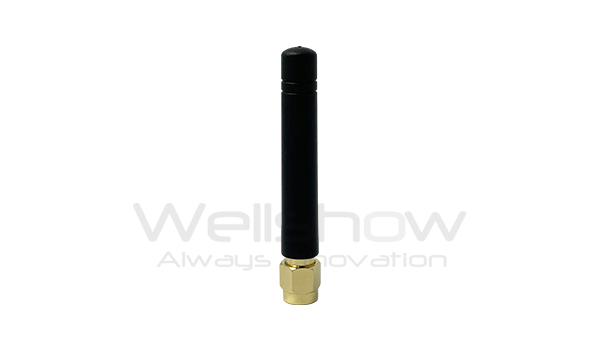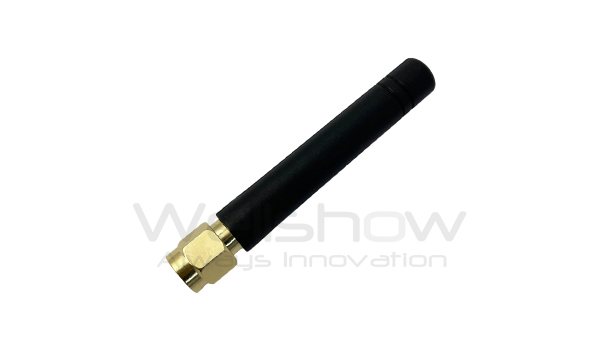- BNC Connector
- Fakra Connector
- FME Connector
- MCX Connector
- MMCX Connector
- N Connector
- QMA Connector
- QN Connector
- RP N Connector
- RP SMA Connector
850/900/1800/1900/2100MHz, Cellular 2G/3G Whip Antenna with SMA Plug(Male), Gold
Product Number:
AR001WSG2401A
Downloads
Cellular Antennas: Connecting the World Wirelessly
The transition from 3G to 4G, and now to 5G, has ushered in a new era of connectivity, requiring more advanced antennas to support the higher data rates and low latency demands. Our cellular antennas are engineered for use across licensed or unlicensed cellular frequencies from 700 MHz to 3500 MHz for various cellular applications.
Please review product documents or contact us for OEM/ODM cellular antennas.
The Evolution of Cellular Antenna Frequencies
The development of cellular antenna frequencies has played a significant role in the wireless communication market, yielding profound effects. Here is a brief overview:
From 2G to 3G: In the 2G era, cellular antennas primarily operated within the frequency range of 800 MHz to 1900 MHz. However, with the emergence of 3G technology, antennas needed to support higher frequencies such as UMTS (Universal Mobile Telecommunications System), expanding the antenna's operational range.
4G LTE: The introduction of 4G LTE (Long-Term Evolution) brought about greater frequency diversity. It utilized higher frequency ranges including 700 MHz, 2.1 GHz, and 2.6 GHz, among others. This shift necessitated cellular antennas with multi-frequency support and more complex antenna designs to meet various frequency band requirements.
5G: 5G technology is a pivotal development in the wireless communication field, introducing significant changes in frequencies. 5G operates in millimeter-wave frequencies (mmWave) and higher frequency bands such as 3.5 GHz. This requires cellular antennas to have broader bandwidth support and the implementation of advanced multi-antenna systems like Massive MIMO to achieve higher transmission rates and lower latency. This transformation not only affects antenna designs but also creates new market demands, such as dedicated 5G antennas and equipment.
| Product Type Features | Antenna Termination: SMA Male |
| Configuration Features | Mounting Location: External Antenna Type: Terminal/Duck/Whip Band Type: Multi Band Port Configuration : Single Port |
| Electrical Features | Impedance (Ω): 50 VSWR (Max): 5.0 Antenna Operation: Passive |
| Signal Characteristics | Frequency Band (MHz): 824-950, 1710-1880, 1900-2200 Peak Gain (dBi): - |
| Mechanical Attachment | Mounting Type: Connector Polarization: Linear Directionality: Omni-directional Antenna Environment: Indoor |
| Industry Standard | Wireless Application: Cellular, NB-IoT, Cat M1, UMTS, 3G, GPRS, ISM, LoRA, LoRaWAN, LPWAN |
| Dimensions |
Product Length: 55.5 mm Product Width: 7.3 mm |
Related Products
868MHz, 915MHz ISM/Zigbee/RoLA Antenna, swivel type with SMA plug, L108
AR003WSG0801N (868MHz, 915MHz)
868MHz, 915MHz, 2.4GHz ISM/Zigbee/LoRa, Whip Antenna, swivel type with SMA male
AR048WSG3201N (868MHz, 915MHz)





